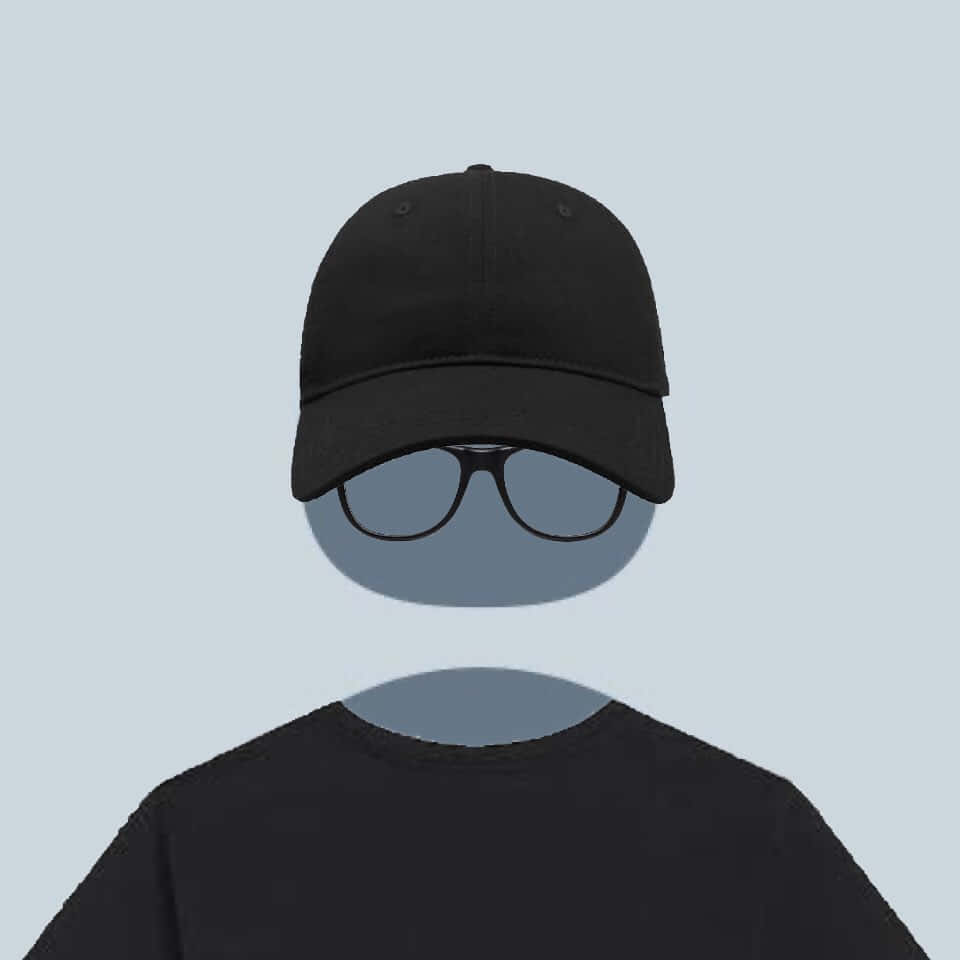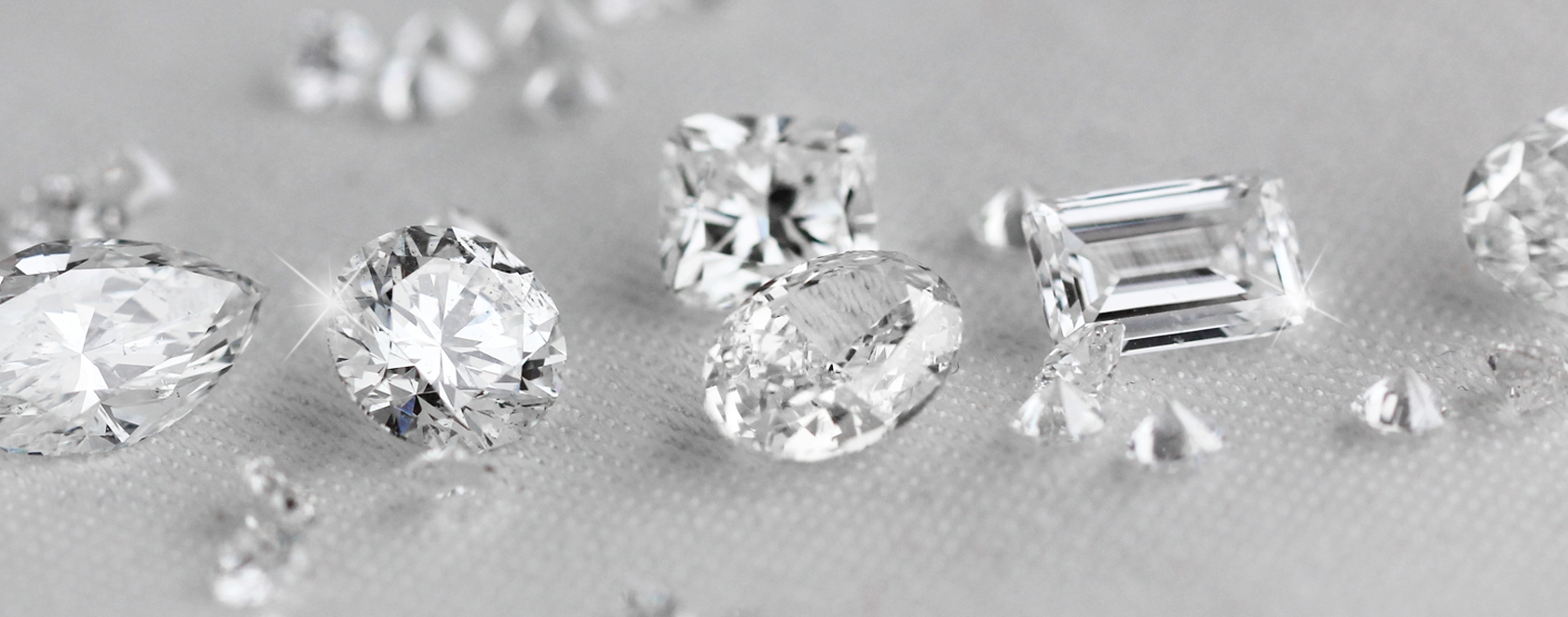The Science and Research Behind Choosing the Best Default PFP Aesthetic
August 28, 2023Table of Contents
Which profile photo should I pick, though? Exists a best option?
I’ve always had a bit of a gray area with Default PFP Aesthetic images because I usually just put one that I think looks decent without considering how it will actually affect my audience.
- Is there such a thing as the best or ideal profile photo?
- a cheerful woman in a black and white checkered shirt is shown in profile.
Interesting research has been done on the many components of profile photographs that have the most influence on viewers. Great advice on how to influence your audience and maybe earn more followers can be found in the psychology and science behind the ideal profile photo.
I’m pleased to share what we’ve learned about the ideal profile photo, which is supported by the most recent findings in psychology, science, and research.
The 7 (Default PFP Aesthetic) Components of the Best Profile Pictures
On the basis of a snapshot, we can make judgments about people in 40 milliseconds.
That translates to less than 0.5 of a second. Wow!
This Psychological Science result emphasizes how crucial a profile photo is and how it affects first impressions.
Numerous studies have been conducted on the different components of a profile photo, including how to appear, how to not look, what to dress, and whether or not to smile. Below is a summary of these Default PFP Aesthetic‘ specifics.
Here is a summary of every best practice for creating the ideal social network profile picture:
- Smile broadly.
- light-colored buttondowns and dark suits
- the jawline has a shadow.
- Head-and-shoulders or waist-level picture
- Squinch
- asymmetrical structure
- unhindered eyes
- Worth attempting:
- turning your back on the camera
- Luminous background
- Also, avoid the following:
- Hats
- Sunglasses
- Shadows, hair, and glare over the eyes

Here is some further information regarding the Default PFP Aesthetic, study, and psychology supporting these suggestions.
How to Come Off as Approachable, Resourceful, and Beautiful
1,000 photographs of faces were examined by researchers from the Department of Psychology at the University of York in order to identify the distinct facial traits and characteristics that contribute to a favorable initial impression.
They identified 65 distinct characteristics, such as “Default PFP Aesthetic” “cheekbone position,” and “head area,” that could influence a person’s judgments. They recorded the impact of each of the 65 features on the three separate dimensions listed below:
- “Does this person want to help or harm me?” is a good indicator of approachability.
- “Can this person help or harm me?” is a sign of dominance.
- Young-appealing – “Could this person be a good romantic rival or a partner?”💡
The amount of information the researchers discovered is astounding. Based on every conceivable variation, they produced cartoon-like facial features.
The majority of the significant criteria in each of the three dimensions, according to the researchers, clustered around three characteristics: Default PFP Aesthetic, having wide eyes, and having a stereotypically male appearance.
The researchers created composite faces for the final report that illustrate the range in each of the three dimensions, such as from least approachable to most approachable, left to right. Can you distinguish the differences between the aforementioned facial characteristics on each face?
Twitter accounts
How to Come Off as Likeable, Knowledgeable, and Powerful
Over 60,000 ratings of competence, likeability, and influence were left on photos uploaded to the PhotoFeeler app. PhotoFeeler is a cool application that enables you obtain feedback on your profile pictures from real people who vote on your picture.
Here is a brief summary of what they discovered:
Keep your eyes open. Sunglasses reduce Default PFP Aesthetic, whereas shadows, glare, and hair reduce competence and influence.
Create a jawline. The mouth should have a shadow line all the way around it to increase influence, competency, and likeability.
When you grin, let your teeth show. There is a modest improvement in likeability with a closed mouth smile. A chuckling smile makes you even more likable, but you lose ground in skill and power. According to PhotoFeeler, a smile with teeth is the best smile. Gains in likeability (Default PFP Aesthetic), competency, and influence result from doing this.
Try wearing a suit. Out of all other characteristics, dark suits and light button-down shirts (with ties, for men) had the biggest impact on competency and influence.
The head, shoulders, and waist. Full-body shots and close-ups on simply headshots both decreased ratings.
Try squinching. A little squint is called a squinch. Wide eyes are supposed to convey dread, vulnerability, and uncertainty. Slightly squinted eyes might convey confidence and comfort. According to PhotoFeeler, squinting eyes boost one’s overall competence, likeability, and impact.
Lessons From Avatars About Profile Pictures
In a study she conducted on 2D avatars, York University researcher Katrina Fong made some interesting discoveries that could be applied to profile images.

Participants expressed a greater desire to be friends with those whose avatars had
- active eyes
- oblong face
- a happy expression
- colored hair
Participants who had certain features were turned off, even to the point of signaling introversion, Default PFP Aesthetic, and disagreeableness.
- neutral or adverse language
- short or dark hair
- sunglasses or a hat
Should Your Default PFP Aesthetic Look Attractive?
Elizabeth Daniels, a former psychologist at Oregon State, asked 118 teenage girls and young women what they thought of a 20-year-old woman’s Facebook profile. A sexier profile picture was displayed to half the participants, while a more traditional picture was displayed to the other half.
- Results: In each of the three categories, the conservative image prevailed.
- She is beautiful, in my opinion.
- Social: “I believe we could be friends.”
- Competence: “I have faith in her ability to complete the task”
The Washington Times’ Caitlin Dewey had a fantastic conclusion from the study:
It reveals the extent to which edgy images are perceived as a hint that the subject isn’t credible or competent, even among carefree digital natives.
click to tweet
Default PFP Aesthetic: which is more important?
OkCupid, a dating site, is well renowned for its data analysis. They published some intriguing information about the impact of profile photographs in comparison to text descriptions last year. How much of each factors towards a person’s perception of your profile as a whole?
Publish Perfectly. Analyze without effort. Authentically engage.
Buffer is the complete social media toolkit that enables you to concentrate on what you love doing for your company.
Start right away for nothing.
For a sample of users, OkCupid obscured their profile text and only displayed their profile photo. In order to examine the data, the website had two sets of information: one for “the picture and the text together” and one for “the picture alone.”
Their conclusion:
- In essence, less than 10% of what people perceive of you comes from the words.
- click to tweet
- profile-text-experiment
The Four Keys to Default PFP Aesthetic Pictures by Guy Kawasaki

Guy Kawasaki, a pioneering evangelist for social media and all things technological at Canva, has discovered four elements that are essential for a profile photo.
- only faces. No relatives, friends, canines, logos, etc.
- Asymmetrical. When making your profile photo, adhere to the Rule of Thirds.
- Aim for the light. In front of you should be the light source.
600 pixels or more in width. The profile photographs on social media come in a variety of sizes and formats. No matter where it is seen, a 600-pixel image will appear Default PFP Aesthetic.
Particularly the asymmetrical advise has a long history in design and psychology.
The Rule of Thirds is a technique for structuring an image’s elements in a way that is both aesthetically beautiful and consistent with how our eyes naturally scan an image. The Rule of Thirds is well-known to photographers and is a fundamental element of photography.
It operates by splitting an image into a grid of thirds on both the horizontal and vertical axes. In essence, overlay a tic tac toe board on an image.
Photograph by Frederick Paulussen
The tic-tac-toe board produces intersections of lines, and according to the Rule of Thirds, the eye is more likely to be pulled to these intersections.
Here’s a design lesson: Position your essential components around these intersections. A crucial component shouldn’t be put directly in the middle.
Another OkCupid study examined the profile images of over 7,100 members and identified the impacts that generated the most matches. The difference between gazing at the camera and looking off-camera was one of the most intriguing lessons learned from this.
Looking at the camera had the biggest effects on a woman’s profile photo.
The best effect for a man’s profile picture occurred when he turned his head away from the camera.
- women_smiling
- men_smiling
- What Studies on Eye Tracking Say
They say, “You look where they look.”
This heading from a blog post on Usable Word is a fantastic summary of the research on eye-tracking experiments.
We look where the individuals on the screen are looking. Making a direct connection with someone might be facilitated by looking directly into the camera. To help lead the reader’s gaze in that direction (maybe toward a “Follow” button), look to the left or right.
KISSmetrics has done an excellent job of providing some background information on this study:
Humans naturally have a predisposition to follow the gaze of others, and we are trained from infancy to do so by being shown arrows pointing in the right directions.
- click to tweet
- And this image gives it a clear perspective:
- 8-baby-face-eye-tracking
Try various backgrounds
Test several backdrop colors for your photographs, advises Rand Fishkin of Moz, according to information uncovered by Orbit Media. Amina Aweis, which is neutral, or Christina Maza, which is brighter, are both options.
- a profile photo
- The photo on Amina Aweis’s profile
- a profile photo
- The photo on Cristina Maza’s profile
What do you think is the best choice for your profile picture?
All types of research, science, and psychology are recommended here. They might serve as excellent starting points for your own investigation. attempt using photos taken where you are if you want to attempt something fresh with your profile picture:
- Smiling
- Squinching
- Asymmetrical
- Head-to-shoulders
- Head-&-torso
- addressing the camera
Also, please let us know what works the best! On our Twitter and Instagram, we’d love to see your profile images and hear your opinions on which ones are the finest.










